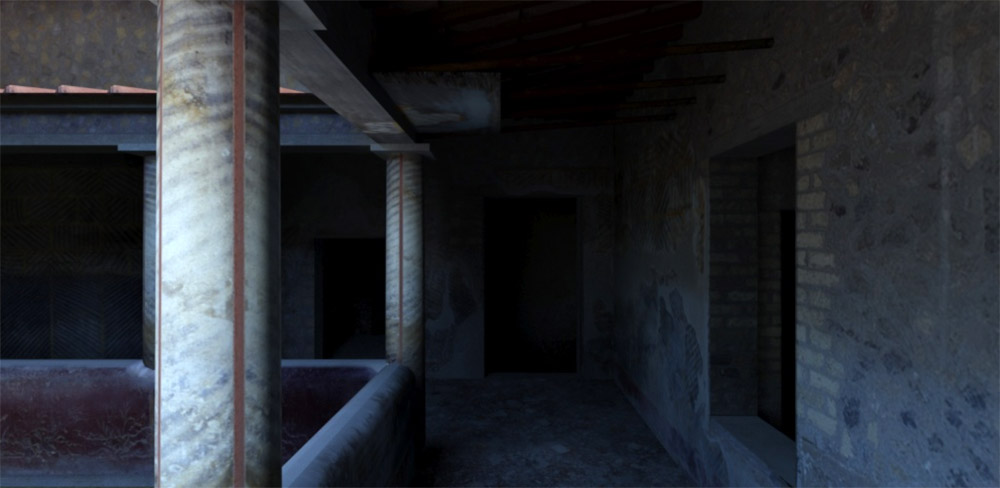Villa A was occupied by a diverse and continually changing population: its owners and their relations, a staff of slaves and freed slaves still employed by their former masters, and guests with their own retinues of attendants. Slaves were the most constant inhabitants of the villa, guarding and maintaining it while the owners were absent. Many wealthy Romans owned multiple properties, including houses in the city and country villas, and spent only a fraction of the year at each estate.
Though part of the Roman familia, slaves were considered disposable property with no autonomy. They performed all the labor required to keep the villa running and to allow their owners ample leisure. Work for slaves in Villa A included agricultural labor in fields, vineyards, orchards, pressing rooms, and fishponds; maintenance and housekeeping; gardening; working as craftspeople and smiths; carrying litters and driving carts; guarding doors; entertaining; performing business functions as secretaries and administrators; and assisting their owners with dressing and personal grooming.
A crucial task for the slaves in a luxury villa was preparing and serving food. Most Romans ate breakfast at about dawn and a small lunch at noon. Dinner, which could consist of many courses, was the largest meal of the day. Villa A had several grand reception spaces designed for entertaining and impressing guests, including at dinner parties. Some Romans ate dinner as early as 3:00 pm, though others dined in the evening—the more elaborate the dinner party, the earlier it began. Romans engaged in all of their activities during daylight hours because artificial lighting was poor, and it was dangerous to travel at night.



